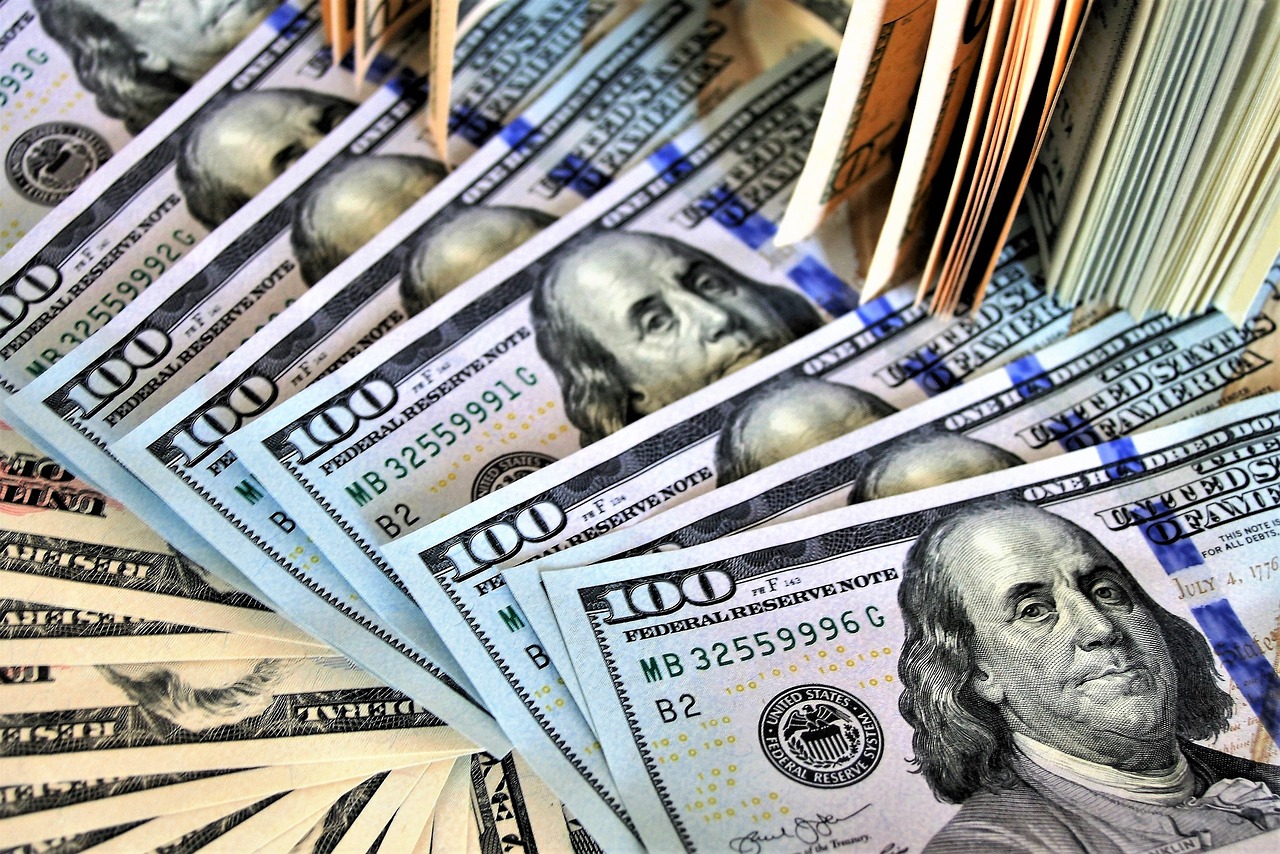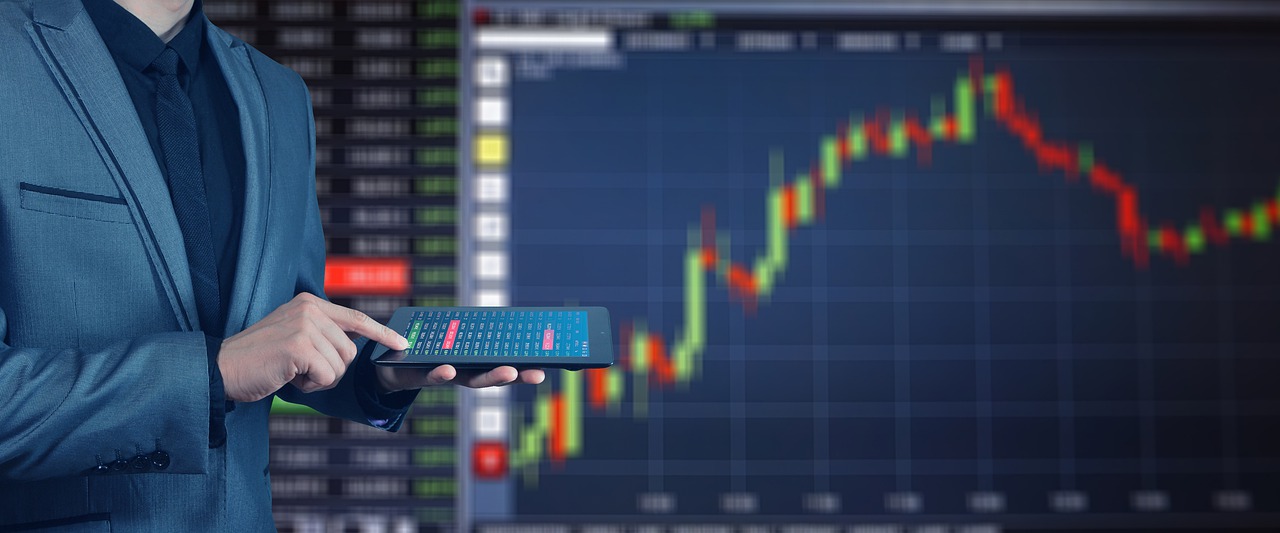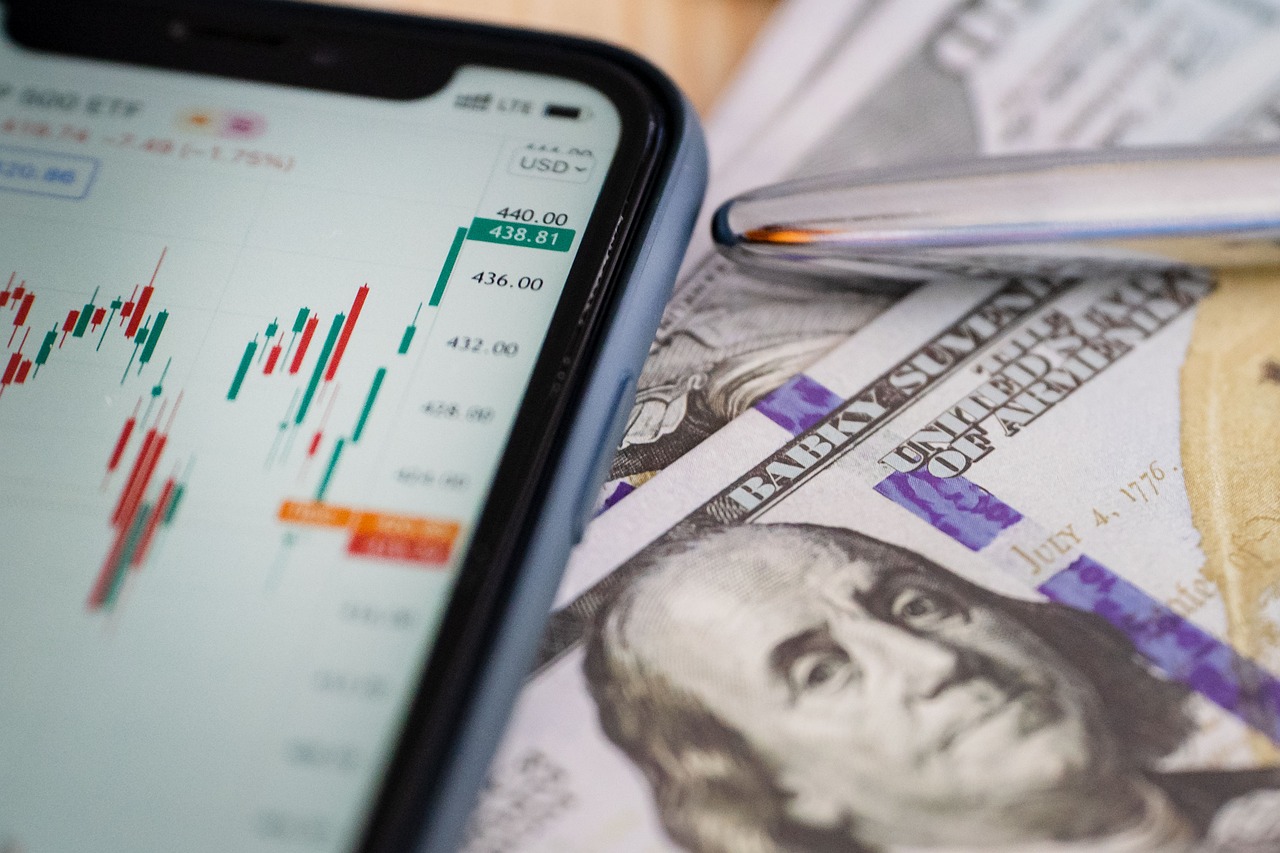In a context where the global dollar deepened its weakening during the second quarter of this year and record levels of underweighting of the currency are recorded in global portfolios, Credicorp Capital is closely monitoring the effect on Latin American currencies.
“The divergence between the recent behavior of Treasury bond trading rates and the relative value of the dollar has fueled speculation regarding an incipient ‘repudiation’ of the USD,” the firm states in a recent presentation from the Macro Research area. However, they point out, portfolio investment flow figures do not support the theory of an “incipient repudiation.”
Looking ahead, they anticipate a multilateral strengthening of the US currency, measured through the Dollar Index (DXY). “We continue to consider that a move towards 102 pts in the DXY index would be the most probable scenario for the remainder of the year, a fact that contrasts with a marked bearish bias reflected in both analysts’ expectations and portfolio positioning,” they forecast.
Against this backdrop, the outlook for the main Latin American currencies presents a variable situation, according to the investment firm’s estimates.
Brazilian Real
In the case of the Brazilian currency—which has appreciated 11% in 2025—Credicorp Capital highlights that the global dollar and the interest rate differential with the U.S. will be key factors for its performance. “The BRL continues to reflect significant sensitivity to the rate differential with the Fed,” they assert.
The trade war factor will also play a role, they added. The recent increase in trade tensions with the United States could inject greater volatility into the exchange rate. “In 2025, a moderate deterioration of the external position due to global trade uncertainty and tensions with the U.S. cannot be ruled out,” they predict.
Additionally, there is the fiscal component. This component has been characterized by a variety of announcements reflecting greater efforts to raise temporary revenues, in Credicorp Capital’s view, rather than advancing structural adjustments to public finances. “Although markets perceive the risk of immediate fiscal deterioration as low, the lack of progress in structural measures continues to limit the credibility of medium-term fiscal adjustment,” the firm indicated in its presentation.
Overall, the investment firm maintains its projection of 5.7 for the dollar/real parity by year-end—compared to 5.5 at the time of writing this note—with an average of 5.8. “This is supported by global USD weakness, net long positioning on the BRL, and the attractive rate differential,” they explain.
Mexican Peso
Although Mexico has been in the hot zone of trade tensions with the U.S., with the imposition of tariffs, Credicorp Capital indicates that the Mexican peso has come out relatively well positioned.
“Despite these adjustments, recent bilateral trade data indicates that about 80% of Mexican exports enter the U.S. tariff-free. Likewise, a growing number of exporters are complying with the USMCA rules of origin,” they explain.
On the macroeconomic front, mixed signals of inflation and slack are conditioning the pace of Banxico’s rate cuts and, although there are signs of improvement, external account vulnerabilities persist.
However, the firm stressed that they do not see the recent performance of the Mexican peso—rising 12% so far this year—as comparable to the rally it experienced in 2023 and 2024, when it appreciated driven by nearshoring enthusiasm. “Even so, given the Fed’s more cautious tone and the current trade policy context, a deeper depreciation of the MXN would be limited,” they point out.
Considering this, the investment firm reduced its estimate for the local exchange rate, lowering it from 20.4 to 19.5 pesos per dollar as a year-end target, with an average of 19.8 pesos. It currently stands at 18.7.
Chilean Peso
In the case of the Chilean currency, Credicorp Capital emphasizes that the high sensitivity of this currency to the global environment calls for caution.
“As we anticipated in previous reports, the USDCLP has been particularly reactive in the Trump 2.0 era. This is explained by it being the currency of a small economy highly dependent on global trade flows, with a less deep capital market, a narrow rate differential with the U.S. (which does not favor carry trade), and a growing role of foreign investors in the exchange rate dynamics,” they indicate in their presentation.
Undoubtedly, the trade war component moves the needle. In a context where tariffs on goods and raw materials continue to alter the historical correlations of the Andean currency, the Chilean peso is punished compared to its peers but aligned with copper exporters.
For the remainder of the year, the company focuses on the political scenario—where the Chilean electorate is steadily heading towards another polarized election at the end of 2026—monetary policy, and external flows, where foreigners are reactivating some cautious short positions on the Chilean peso.
Considering these factors, a range of possibilities opens up. “For year-end, we see two scenarios with relatively similar probabilities of occurrence,” the firm indicated, emphasizing the political variable. “If pro-market candidates consolidate, the USDCLP could converge to levels around 900 pesos; otherwise, it could return to around 1,000,” they point out, projecting an intermediate level of 950 pesos for year-end. This would be a drop for the local dollar, which currently stands around 965 pesos.
Colombian Peso
Colombia’s currency, Credicorp Capital comments, has risen around 8% so far this year, in line with markets like Brazil and Mexico. And like these markets, the expectation is that the external scenario will dictate the pace.
With external current account signals pointing to moderate vulnerability to global dynamics, “external risks are not negligible,” according to the firm. “On the global front, i) the possibility of a new episode of risk aversion due to trade and geopolitical tensions, ii) crude oil pricing, linked to the Trump administration’s energy policy, and iii) diplomatic frictions between the Petro administration and the Trump government, are factors that may affect dollar flows,” they explain.
Despite the suspension of the Fiscal Rule and the loss of investment grade for TES after the recent downgrade by S&P Global Ratings, they point out, the expectation of monetizations derived from financial engineering strategies announced by Public Credit has been a key factor in the recent behavior of the COP.
Going forward, although local exchange market volatility remains low by the country’s historical standards, the risks facing the Colombian economy remain high. “All in all, we maintain the recommendation to buy/sell USD when it moves away from recent averages amid high uncertainty,” they indicate.
Despite this minefield, the investment firm’s expectations are for an appreciation of the Colombian peso in the short term. By December, they forecast a range of 4,050-4,150 pesos per dollar on average and a target of 4,250 for the end of 2025. As a reference, the parity currently hovers around 4,085.
Peruvian Sol
“Fundamentals don’t lie, so appreciation pressures have persisted,” is the optimistic diagnosis of the firm regarding the sol, highlighting that the good relative performance of the Peruvian currency—which maintained stable behavior in 2024 with a 5% rise so far in 2025—continues and that the exchange rate is near its lowest level since September 2020.
Credicorp Capital explains that “overall, the continuity of solid external accounts constitutes the main factor behind the PEN’s relative strength.”
Additionally, the country “seems well positioned” in the global trade tensions scenario. “Amid current global risks and uncertainty, prices of key export products (copper and gold) have remained high, while prices of imported goods such as oil and some agricultural products have faced downward pressures, allowing the mentioned good performance of terms of trade,” they point out.
Furthermore, the firm forecasts that the tariff imposed by the White House on copper would have a limited effect on the Peruvian economy, as its copper exports to the U.S. represent only 0.3% of GDP.
“Overall, we maintain the USDPEN projection at 3.65 for this year, recognizing, in any case, downside risks,” they forecast, compared to the current 3.57 soles per dollar.
Argentine Peso
The case of Argentina, with all its particularities, is marked by the country’s new monetary architecture, according to Credicorp Capital’s presentation, which increases the currency’s sensitivity in an election-driven scenario.
“Initially, the partial lifting of the exchange clamp introduced a floating band (USDARS 1,000–1,400), with monthly adjustments of 1%,” they explain, although “the process has not been without setbacks.” “After the elimination of LeFi (short-term Treasury bills with a maximum term of one year), the market began setting rates at high levels. This signal reflects the premium that investors demand amid uncertainty about the sustainability of the current scheme,” they add.
Although the market seems to be adapting to a new scheme based on controlling monetary aggregates, the perception of risk regarding the Argentine currency persists. In this sense, the market is attentively awaiting the electoral outcome. “The carry trade in favor of the ARS (Argentine peso) remains attractive, but its sustainability will depend on the electoral result, macroeconomic stability, fiscal discipline, and the government’s ability to maintain high real rates without deteriorating activity or compromising debt dynamics,” the investment firm explains.
Overall, the expectation is for the parity to reach 1,200 pesos per dollar by year-end—down from the current 1,340—raising their projection from the previously forecasted 1,150 pesos.




